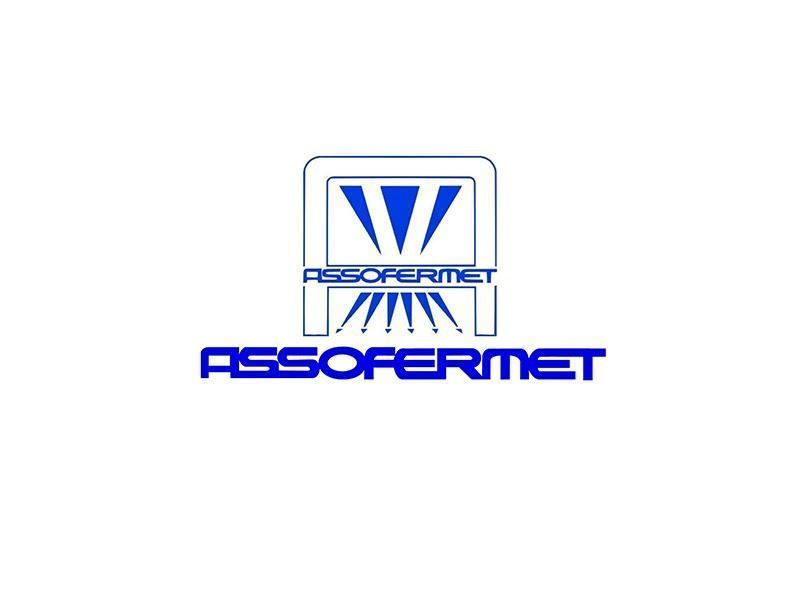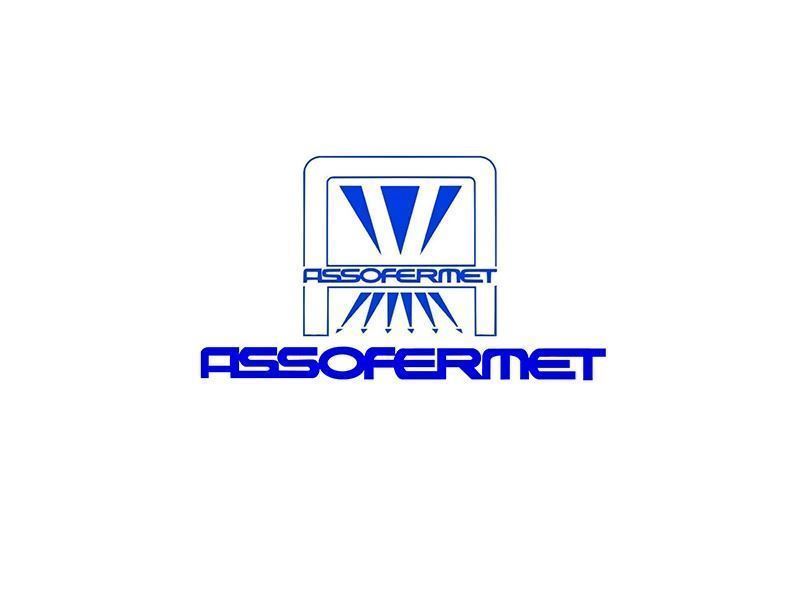Concerns over tighter import quotas on raw materials, higher customs duties, and the implementation of CBAM-related costs have prompted many buyers to bring forward their purchasing plans for the coming months. This move aims to shield them from the price increases already announced by European steelmakers.
However, the overall market situation remains complex. While higher prices are supporting producer margins, there are growing concerns that the lack of protection for steel-intensive finished products and components could weaken the competitiveness of Europe’s manufacturing sector. Assofermet warns that without appropriate intervention from the European Union, the continent’s industrial future could face significant challenges.
Although shipment volumes in October were positive, a clear slowdown in demand has been observed at the beginning of November. European steelmakers, supported by customs barriers, are expected to maintain their announced price increases despite weak demand.
In the stainless flat steel segment, October results fell short of expectations, with current price levels insufficient to ensure adequate profitability. The same trend continues in November, driven by intense competition and high inventory levels. European producers have announced price increases starting in January, supported by anticipated declines in import volumes.
In the stockholding and distribution segment, October activity remained broadly in line with last year’s levels. Growth was observed in flat products, offsetting weakness in long and tubular products. Stainless long products performed better, while flat and tube segments continue to face challenges.
Assofermet notes that the 2025 steel market remains defined by uncertainty, driven by CBAM regulations, customs duties, and sluggish demand. A moderate price consolidation with slight upward adjustments is expected in the coming month. Meanwhile, international economic instability and anticipation surrounding the 2026 U.S. presidential elections are fostering a cautious investment climate across the sector.








Yorumlar
Henüz yorum yapılmadı